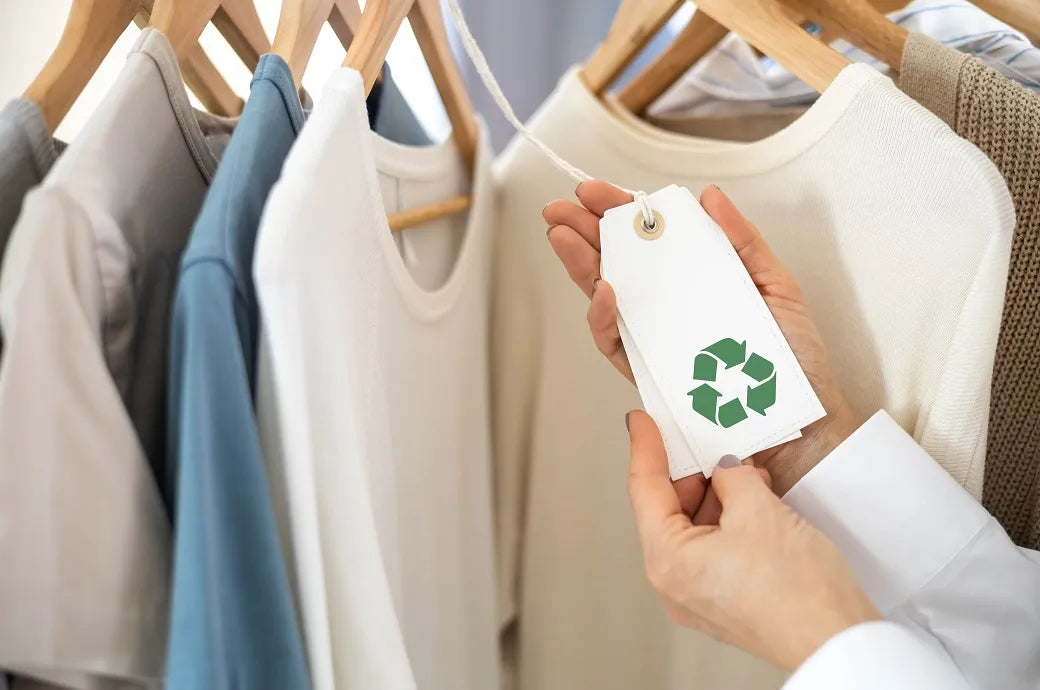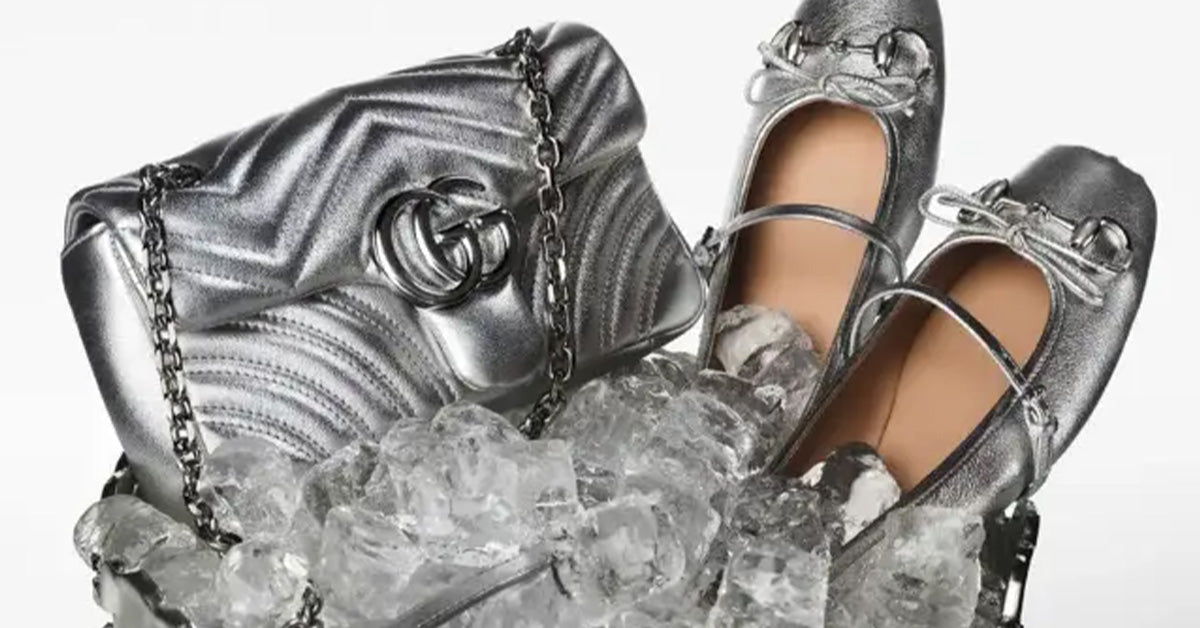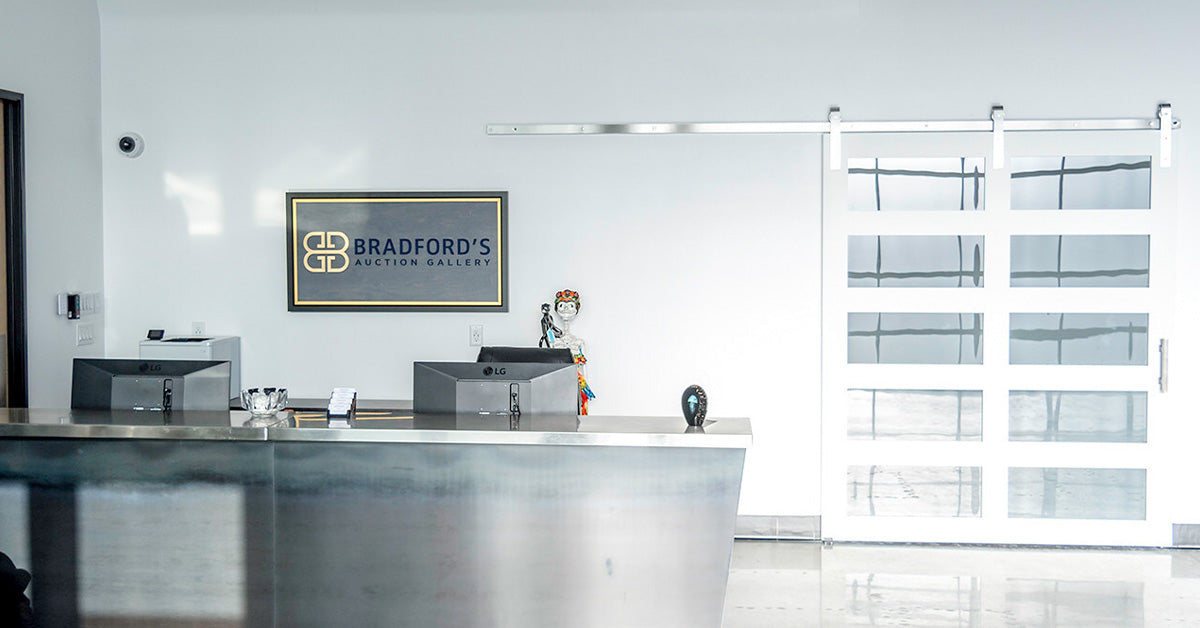The British fashion scene is on the cusp of a seismic shift—and, this time, it’s not driven by hemlines or handbags. Instead, the spotlight falls on the very economics of consumption: a new breed of “visible” Extended Producer Responsibility (EPR) fees that promise to transform how we buy, wear, and discard our clothes. Recent research reveals a remarkable groundswell of public support for these transparent charges, hinting at a future where fashion funds its own sustainability revolution. But what exactly does this mean for the industry, retailers, and, most importantly, the conscious consumer? Let’s unravel the details behind this pivotal moment for sustainable fashion in the UK.
A Nation Ready for Change: The Research Behind the Revolution
In a landmark study conducted by WEFT and QSA Partners, with crucial support from the University of Leeds’ Back to Baselines initiative, more than 2,000 UK consumers were surveyed to gauge their attitudes towards EPR fees—small, visible charges added at the point of clothing purchase to fund recycling and reuse initiatives. The findings are nothing short of revelatory: the vast majority of respondents not only accept the idea of EPR fees but also actively welcome them, provided they are transparent and fair.
The research cuts through the noise of industry speculation, offering a clear-eyed perspective on what shoppers expect from brands seeking to do better by the planet. It signals a rare alignment between consumer sentiment, industry ambition, and governmental calls for systemic change—an alignment that, if harnessed, could radically reduce the burden of textile waste on charities, local authorities, and the public purse.
Key Insights: Small Fees, Big Impact
What makes this research so compelling is its granular view of consumer psychology around pricing. Among the most notable insights:
- Minimal Disruption, Maximum Acceptance: A visible EPR fee of £0.50 ($0.68) per clothing item would likely pass unnoticed by the majority of shoppers, while a £1.00 charge on items priced over £40 is generally considered acceptable.
- Behavioral Resilience: These nominal fees are not expected to suppress purchasing behavior. Shoppers, it appears, are willing to absorb small additional costs if they are clearly justified by environmental aims.
- Transparency Is Non-Negotiable: Respondents express a powerful preference for visible, direct costs at the point of sale. The era of hidden fees or brand-dictated sustainability surcharges, shrouded in fine print, is over. Today’s consumer demands clarity and agency.
- Thresholds for Behavior Change: Notably, significant shifts in consumer choices—such as moving towards more sustainable alternatives—would only be triggered if EPR charges reached £5.00 per item or higher, far above the levels currently under discussion.
- Billions for a Greener Future: The widespread acceptance of £0.50 to £1.00 EPR fees could, in aggregate, generate billions of pounds annually. That windfall has the potential to turbocharge the UK’s investment in textile recycling infrastructure and circularity initiatives.
The Power of Transparency: A New Social Contract in Fashion
The call for transparency at the point of sale is more than a passing trend—it’s a clarion signal of a deeper shift in consumer-brand relations. Kristina Bull, co-founder of WEFT, captures this ethos: “Consumers clearly told us that transparency is essential. They want simple, visible information at the point of sale to help them make sustainable choices. It’s encouraging to see such widespread support for practical steps towards greater sustainability in fashion.”
This sentiment is echoed across the survey results. UK shoppers are no longer satisfied with vague sustainability promises or opaque pricing structures. They want to see, in black and white, how their money is being used to make the industry more responsible. Such transparency, once considered a risk by legacy brands, is now a requisite for trust.
From Waste to Worth: The Circular Promise of EPR
The UK’s apparel sector generates vast quantities of waste each year—a burden shouldered, until now, by local authorities, charities, and the environment. The EPR model proposes a radical rebalancing. By embedding sustainability costs within the price of clothing, it ensures that producers and consumers share responsibility for the full lifecycle of garments.
This is not just a matter of conscience. If implemented effectively, visible EPR fees could unlock the funding desperately needed to modernize recycling infrastructure, support innovative reuse schemes, and catalyze circular business models. The billions potentially raised could transform the UK into a leader in sustainable textile management, reducing landfill dependency and creating new green jobs.
Consumer Attitudes: Pragmatism Over Punishment
Perhaps the most striking feature of the research is the pragmatism of UK consumers. Contrary to industry fears, the introduction of modest EPR fees is not seen as a punitive measure. Instead, shoppers view these charges as a fair and necessary contribution to the collective good.
This nuance matters. The research suggests that consumers are unlikely to change their buying habits in response to small fees. Only when charges become significant—£5.00 per item or more—do they start to consider altering their behavior. This finding grants policymakers and brands a clear mandate: keep EPR fees sensible and transparent, and public support will remain robust.
Industry and Policy Implications: A Blueprint for Systemic Change
The widespread embrace of visible EPR fees comes as the fashion industry, regulators, and advocacy groups all clamor for solutions to the mounting crisis of textile waste. The alignment between public sentiment and policy goals is rare and precious; it offers a mandate for swift, decisive action.
- For brands, the message is clear: transparency now sits at the heart of consumer trust. Shoppers want to see exactly how their purchases contribute to sustainability, and they reward brands that provide this clarity.
- For policymakers, the research provides both a green light and a blueprint—small, visible EPR fees can be rolled out without risking consumer backlash, provided the process remains honest and participatory.
- For the wider industry, the potential windfall from these fees offers a once-in-a-generation chance to invest in the infrastructure and innovation needed to make circular fashion a reality.
This convergence of consumer expectation, industry need, and policy opportunity should not be underestimated. The moment to act is now.
Looking Forward: The Future of Fashion as a Shared Responsibility
The UK’s enthusiastic reception of visible EPR fees heralds a new era in fashion—one in which sustainability is not a marketing afterthought, but a built-in feature of every transaction. By openly funding textile recycling and reuse through transparent, affordable surcharges, consumers are becoming genuine partners in the drive towards a circular economy.
The implications are profound. If the UK can successfully model a fair, effective EPR system, it could inspire a global recalibration of how the fashion industry addresses its environmental responsibilities. Brands that embrace this new contract—rooted in openness and accountability—stand to win not just business, but loyalty and respect.
As the industry awaits the next steps from policymakers and major players, one thing is clear: the British public is ready to pay their share for a cleaner, greener fashion future. The question, now, is whether the industry will rise to meet the challenge—and seize the unprecedented opportunity that lies before it.











